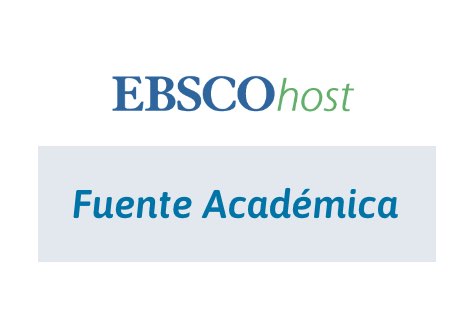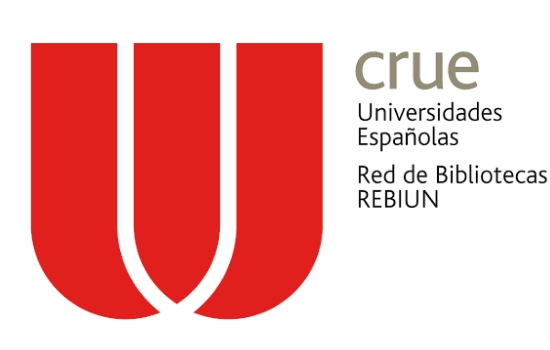Lo infinito y la forma: La Etnomatemática y la obra plástica de Estuardo Maldonado
Palabras clave:
Relaciones Matemáticas, Constelaciones, Estuardo Maldonado, Culturas Precolombinas, Acto Creador, Mathematic Relations, Constellations, Pre-Columbian Cultures, Act of CreatingResumen
Resumen
Este artículo parte de la siguiente afirmación: las relaciones matemáticas y el arte dialogan en la obra plástica del artista ecuatoriano Estuardo Maldonado quien motiva una poética del vuelo invitando a imaginar nuevos tiempos y nuevos espacios. A partir de la estructura de la “S” Maldonado entra en comunión con los pueblos precolombinos, y que desde esta experiencia muestra modos lúdicos de hacer matemáticas para poner en duda el cálculo racional, propio de la “razón moderna”. La propuesta es hacer un viaje, de la mano de Maldonado, hacia las constelaciones, pero no hacia lo que conocemos “sobre” ellas, sino hacia lo que podemos imaginar “con” ellas, con el fin de motivar el “acto creador” que hace del ser humano un co-creador de mundo en el desarrollo de la técnica que implica un saber pensar y un saber hacer. La metodología usada para el desarrollo de esta investigación es la de observación, análisis crítico y reflexión. Concluimos principalmente que las relaciones matemáticas implican, más allá de aplicar simples fórmulas, la apertura del infinito campo del pensamiento.
Abstract
This paper sustains the affirmation: mathematic relations and art dialogue in the work of the Ecuadorian artist Estuardo Maldonado who motivates a poetic flight imagine inviting new times and new spaces .After the “S” structure, Maldonado goes in communion with Pre-Columbian peoples and from that experience he shows the ludic ways of making mathematics so to put into doubt the rational calculi from “modern reason”. The proposal is to make a trip with Maldonado through the constellations, but not through which we already know about them, yet towards what we could imagine “with” them in order to motivate the "creative act" that makes the human being a co -creator of the world in the development of the technique involves knowing how to think and know-how . The methodology used to develop this research is the observation, critical analysis and reflection. We conclude that primarily involve mathematical relations, beyond applying simple formulas, opening infinite field of thought.
Descargas
Referencias
Bachelard, G. (1958). El Aire y los Sueños. México D.F.: Fondo de Cultura Económica.
Benítez, M. (1993). El Susurro de las Palabras. Quito: El Conejo.
Cruz, E. (2010). La imagen poética: propuesta para una metodología de la investigación artística. Revista Ciencia y Saberes (UCE), 57, 63.
Fundación Estuardo Maldonado: Declaración poética. (s.f.). Recuperado el 25 de mayo de 2015, de: http://fundacionemaldonado.blogspot.com/2011/01/declaracion-de-poetica-creo-que-en-todo.html.
García Bacca, D. (1984). Infinito, finito, transfinito. Barcelona: Anthropos.
Heidegger, M. (1958). Arte y Poesía. México D.F.: FCE.
Livio, M. (2002). La Proporción Áurea. Barcelona: Ariel.
Descargas
Publicado
Número
Sección
Licencia
Derechos de autor
Una vez que el artículo es aceptado por la Revista Latinoamericana de Etnomatemática, los/as autores ceden los derechos para publicar y distribuir el texto electrónicamente, así como para archivarlo y hacerlo accesible en línea.
Los autores podrán distribuir su propio material sin solicitar permiso a la Revista Latinoamericana de Etnomatemática, siempre que se mencione que la versión original se encuentra en https://revista.etnomatematica.org
Copyright © 2008, Revista Latinoamericana de Etnomatemática
Todos los contenidos de la Revista Latinoamericana de Etnomatemática se publican bajo la Licencia Creative Commons Atribución 4.0 Internacional y pueden ser usados gratuitamente dando los créditos a los autores y a la Revista, como lo establece esta licencia.











